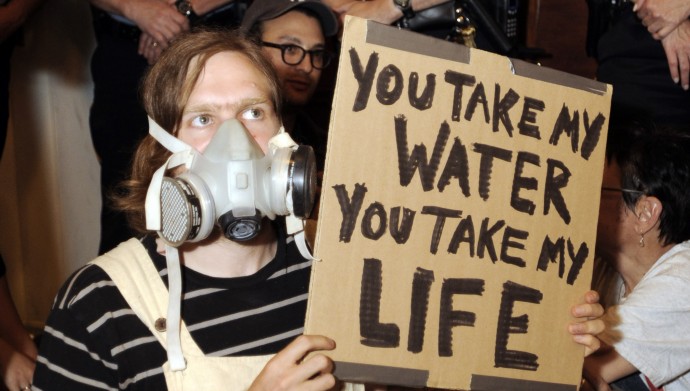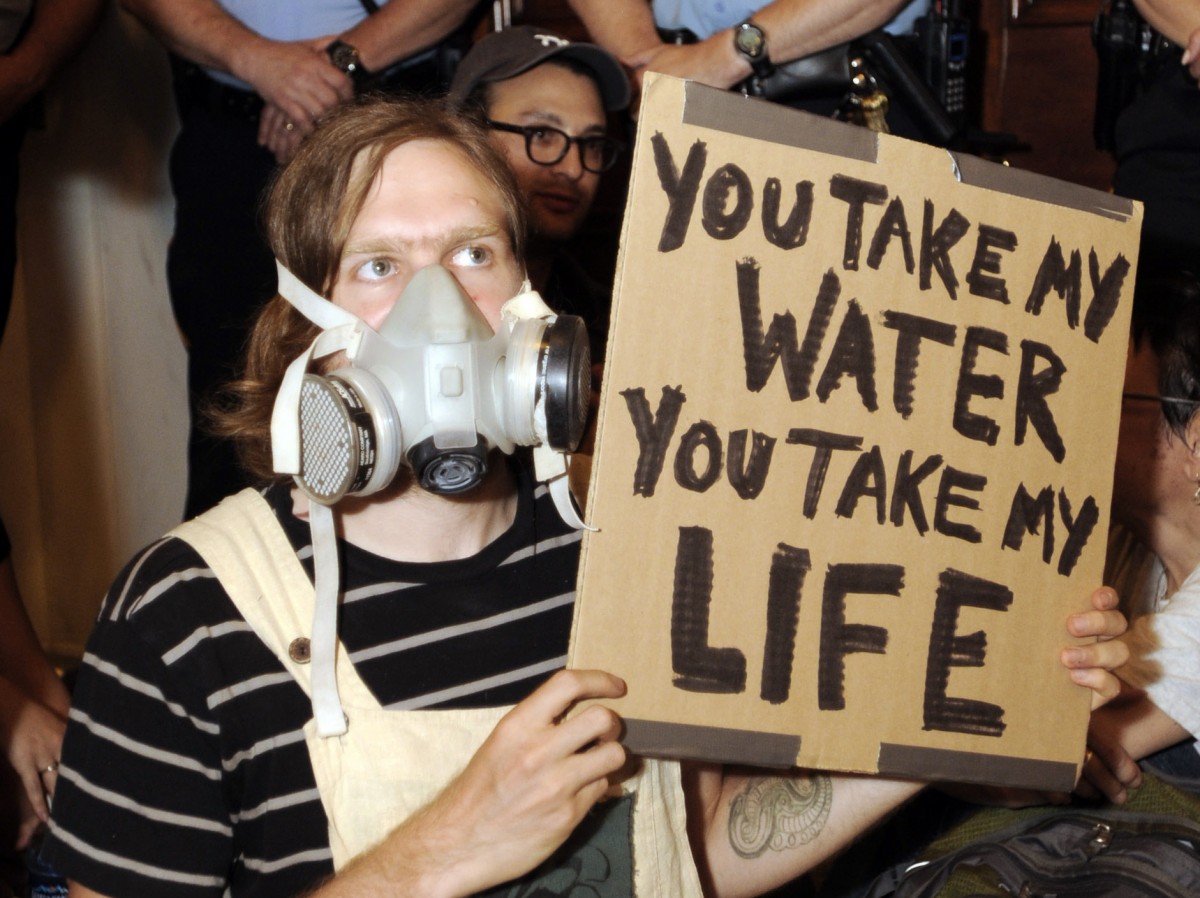
A Duke University study released Oct. 2 is sounding the alarm over radioactive water stemming from allegedly defunct fracking wastewater treatment facilities.
It’s the first study to directly link fracking and its wastewater to radioactive disposal, capable of contaminating drinking water and making its way into the fish population.
The study, published in Environmental Science and Technology, tested water downstream from Pennsylvania’s Josephine Brine Treatment Facility, approved by the Environmental Protection Agency and considered to be one of the top operations in the nation.
Scientists documented radiation levels 200 times greater in discharged water than samples taken just upstream from the treatment facility. According to the report, the study indicated discharge stemmed from Marcellus shale gas fracking wastewater, which is naturally high in radioactivity and salinity.
“The radioactivity levels we found in sediments near the outflow are above management regulations in the U.S. and would only be accepted at a licensed radioactive disposal facility,” Duke University Professor of Environmental Science Robert B. Jackson said in a press release.
Jackson indicated that while the facility is effective in removing barium, concentrates of chlorides, sulfates and bromides remain. Radioactive radium was also detected in sediments tested downstream. Human exposure to radium can lead to cancer and other disorders.
While water contamination can be mitigated by treatment to a certain degree, our findings indicate that disposal of wastewater from both conventional and unconventional oil and gas operations has degraded the surface water and sediments,” Nathaniel Warner, a Ph.D. graduate who worked on the study, said in a press release. “This could be a long-term legacy of radioactivity.”
Fracking wastewater comes from fracking wells — after a mixture of water, silica sand and chemicals are shot deep into wells to break up areas where oil or gas is hidden. Along with the oil or gas, organic material from below the surface is removed as well, along with the chemicals and silica sand. The wastewater, unfit for disposal, is then either sent to fracking wastewater injection wells, or sent through a wastewater treatment facility.
“It is clear that this practice of releasing wastewater without adequate treatment should be stopped in order to protect freshwater resources in areas of oil and gas development,” Avner Vengosh, Duke University professor of geochemistry, said in a press release.
Scientists associated with the study are calling for the treatment plant to be stalled until the issue is addressed.


